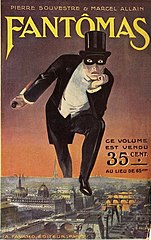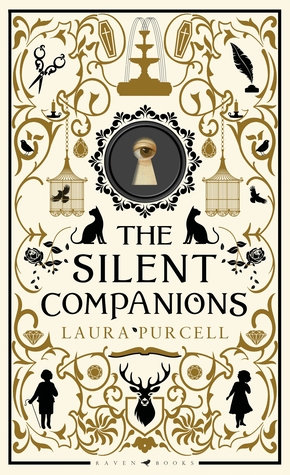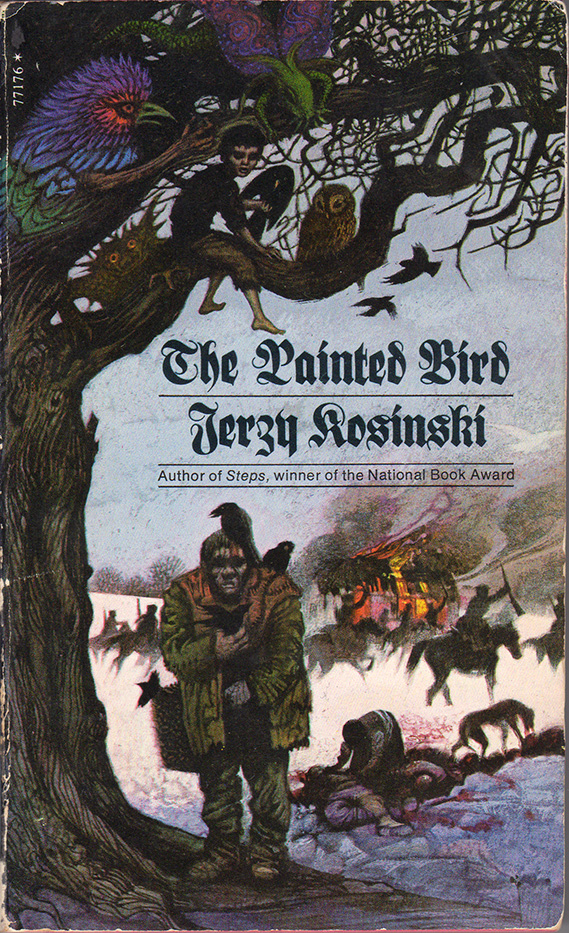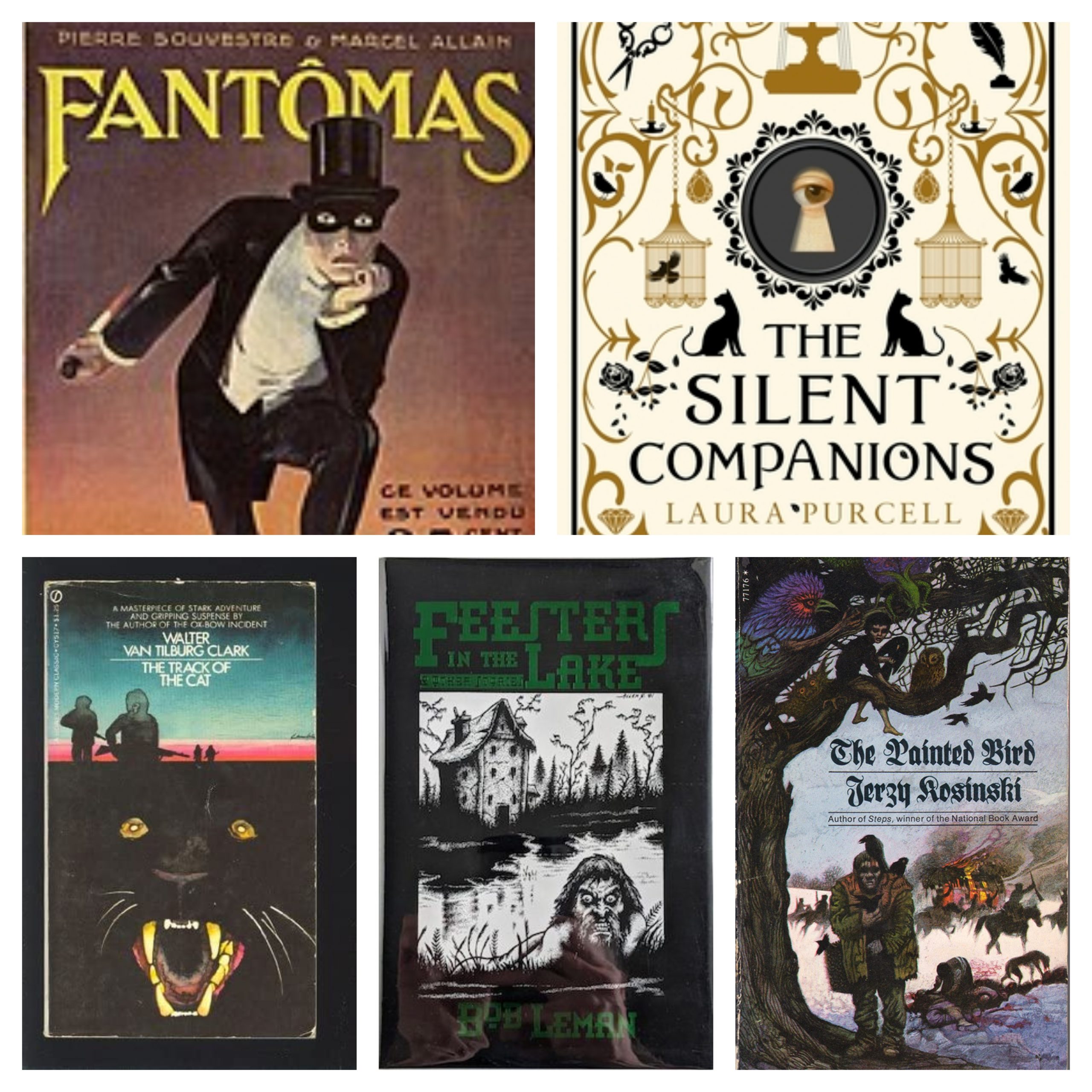It’s March, folks! My allergies suck but at least the weather is getting better. What better time is there for another installment in this on-going horror novel mega-list project of mine? This time we have a controversial French thriller, a slow-burn Victorian throwback, a chilling (both literally and metaphorically) struggle for survival, an outstanding collection of weird tales and a relentlessly bleak story of misery and pain. Fun stuff, right?
For those just joining me, this is my journey through the following “Best of” Horror lists:
Reedsy Discovery Best Horror Books
Stephen Jones & Kim Newman’s Horror: 100 Best Books
Stephen Jones & Kim Newman Horror: Another 100 Books
If you want to check out my previous entries, they can be found here:
Part 35 | Part 34 | Part 33 | Part 32 | Part 31 | Part 30 | Part 29 | Part 28 | Part 27 | Part 26 | Part 25 | Part 24 | Part 23 | Part 22 | Part 21 | Part 20 | Part 19 | Part 18 | Part 17 | Part 16 | Part 15 | Part 14 | Part 13 | Part 12 | Part 11 | Part 10 | Part 9 | Part 8 | Part 7 | Part 6 |Part 5 | Part 4 | Part 3 | Part 2 | Part 1

The Track of the Cat (Walter Van Tilburg Clark, 1950)
List: Jones/Newman
It’s winter in the mountains of Nevada on a remote ranch whose cattle is being killed by a big cat. The Native American ranch hand Joe Sam believes it to be the legendary “black painter” of myth that prowls the wilds destroying everything in its wake. When elder brothers Curt and Arthur head out to hunt the mountain lion down, Arthur is killed by the cat and Curt vows vengeance, sending Arthur’s body back home while he heads out to track down the cat and kill it. Back the ranch, the youngest son Henry is caught in the middle of a turmoil of a different sort, a family being torn apart by raw, unfettered emotion and isolation. Between his stolid, religious zealot mother, his drunkard father, his shrill sister, a haunted and possibly violent Joe Sam and his fiancee who is angry at his mother for her insults, it all comes to a head when Arthur’s body arrives at the front door. The cold envelops all within and without.
The Track of the Cat is a great book with a compelling four-act structure. Part 1 introduces the characters, the setting and the catalyst for all the action (Arthur’s death). In Part 2, we follow the family who stays behind in the cabin, simmering grudges and suppressed emotions exploding in a tempestuous maelstrom of rage and despair. It’s highly dramatic and at times feels like a Eugene O’ Neill play. But it all feels very authentic, and the undercurrent of menace and spiritualism from Joe Sam gives it an added layer of gravitas. Part 3, switches to follow Curt on his hunt for the cat and his eventual fight for survival as he becomes lost and desperate in a sudden blizzard. Part 4 then acts as a kind of epilogue, a slow-release valve to come down from the highly taut suspense and claustrophobia of the preceding two sections. Part 2 is a master class in subtle character interactions, but Part 3 is where the allusions to horror really heighten and why this book is on the Jones/Newman 100 Best Horror Books list. It is easily one of the most suspenseful, compelling depictions of desperation and madness I’ve ever read with a truly palpable sense of cold. The “black painter” grows from myth to legend to seemingly real and terrifying threat as Curt unravels. It’s a masterful piece of writing that I recommend everyone check out.

The Silent Companions (Laura Purcell, 2018)
List: Reedsy Discovery
In the grand Victorian tradition, Elsie finds herself widowed just week’s after marrying the handsome and rich Rupert Bainbridge, leaving her isolated at a sprawling country estate called The Bridge populated with servants who dislike her and bizarre, wooden standees that the servants refer to as silent companions. Only her cousin Sarah is there to keep her company and prevent her from going mad with the boredom and isolation. But when things start going bump in the night and tragedies start to amass at the estate, Elsie begins to discover the legacy of The Bridge and what drives the sinister machinations that torment her in the night.
This is one that really took me a while to warm up to. As it takes place in the 19th century and is written in the style of a Victorian ghost story, The Silent Companions takes a very gradual slow burn pacing that acts as a bit of a double-edged sword. On one hand, so little happens in the first half of the book beyond character and world building that you almost forget this is supposed to be a horror novel at all. But as things start to go awry, it becomes significantly more engaging, leading up to a third act that I feel pays off pretty satisfactorily even if it was a bit predictable. I also thought the author made an interesting choice to have a protagonist that wasn’t entirely likable. Elsie is a bit fidgety and standoffish, acting superior and domineering at times. It’s easy to see why the servants and locals don’t take to her. But there is enough of a spark to her personality that makes you want to hang in there and see what happens to her. Overall, The Silent Companions probably isn’t in the top tier of the books I’ve read for this challenge, but it’s still worthwhile, particularly if you are a fan of Victorian lit.

The Track of the Cat (Walter Van Tilburg Clark, 1950)
List: Jones/Newman
It’s winter in the mountains of Nevada on a remote ranch whose cattle is being killed by a big cat. The Native American ranch hand Joe Sam believes it to be the legendary “black painter” of myth that prowls the wilds destroying everything in its wake. When elder brothers Curt and Arthur head out to hunt the mountain lion down, Arthur is killed by the cat and Curt vows vengeance, sending Arthur’s body back home while he heads out to track down the cat and kill it. Back the ranch, the youngest son Henry is caught in the middle of a turmoil of a different sort, a family being torn apart by raw, unfettered emotion and isolation. Between his stolid, religious zealot mother, his drunkard father, his shrill sister, a haunted and possibly violent Joe Sam and his fiancee who is angry at his mother for her insults, it all comes to a head when Arthur’s body arrives at the front door. The cold envelops all within and without.
The Track of the Cat is a great book with a compelling four-act structure. Part 1 introduces the characters, the setting and the catalyst for all the action (Arthur’s death). In Part 2, we follow the family who stays behind in the cabin, simmering grudges and suppressed emotions exploding in a tempestuous maelstrom of rage and despair. It’s highly dramatic and at times feels like a Eugene O’ Neill play. But it all feels very authentic, and the undercurrent of menace and spiritualism from Joe Sam gives it an added layer of gravitas. Part 3, switches to follow Curt on his hunt for the cat and his eventual fight for survival as he becomes lost and desperate in a sudden blizzard. Part 4 then acts as a kind of epilogue, a slow-release valve to come down from the highly taut suspense and claustrophobia of the preceding two sections. Part 2 is a master class in subtle character interactions, but Part 3 is where the allusions to horror really heighten and why this book is on the Jones/Newman 100 Best Horror Books list. It is easily one of the most suspenseful, compelling depictions of desperation and madness I’ve ever read with a truly palpable sense of cold. The “black painter” grows from myth to legend to seemingly real and terrifying threat as Curt unravels. It’s a masterful piece of writing that I recommend everyone check out.

Feesters in the Lake (Bob Leman, 1981)
List: Jones/Newman
Bob Leman was not a super prolific writer, penning only a little over a dozen stories over a long career, and yet, the stories that we do have here are almost all good to great with some teetering near absolute classic status. Originally issued in a very limited print run which quickly sold out, this was for a long time rather hard to come by. But that’s to the glories of the internet, it can be found in an e-book edition that can be borrowed on the Internet Archive for all to enjoy. And this is a good thing. This bizarre mixture of sci-fi, horror, fantasy and humor is great stuff and needs to be read by a wider audience.
“Window” is perhaps the most well-known story here, appearing in several mass market anthologies over the years, and it’s an excellent way to start off the collection, positing a fascinating and strange sci-fi premise that tips over into horror by the end. A few other stories here also fall into a kind of sci-fi horror style with “The Time of the Worm” perhaps being the best of them. It’s an exceedingly twisted, bleak story that’s as close to perfect blackness as one can get. One really fun, playful and unusual one definitely worth checking out is “Instructions” of which the less said the better. Also of particular note are the Gooster County stories like “Olida”, “Loob” and the title story, taking the grotesque fish people of Lovecraft’s “Innsmouth” and supplanting them as rural hillbillies. It’s as wild and weird as it sounds, and at their core, many of these stories have an emotional resonance to them that belies the seemingly gimmicky approach. At times one can see the almost Rube Golberg-ian chain reaction of events playing through Leman’s mind as he very meticulously lays out his plotting in a clear and concise manner, walking us through bizarre events as if they were commonplace. The would-be Faustian drunkard’s dream of “Skirmish in Bastable Street” and the gloriously silly pulp pastiche of “How Dobbstown was Saved” are two prime examples of this kind of style. In stories like “Unlawful Possession” and “The Tehama” Leman is able to mix grotesque ghouls and hideous monstrosities of Native American legend with banal domesticity and narrate them in such a way that it produces a darkly comic yet still at times horrific effect that is rarely equaled by other authors I’ve come across.
It’s plain to see reading through these than Leman was a perfectionist. Each word, each sentence seems carefully calibrated to convey his core ideas for maximum effect and deliver exactly what he intends as he intends it. It’s the sign of a masterful storyteller than I wish was both more well-known and more prolific. Regardless, there’s nary a weak story in this collection and it is well worth the effort of tracking it down.

The Painted Bird (Jerzy Kosiński, 1965)
List: Jones/Newman
This follows a ten-year-old boy and his harrowing travails in the countryside of Poland, left to his own devices by his parents during the atrocities of World War II. He bounces from one backwards, ignorant peasant to the next, having all manner of vitriolic hate and disgust thrown at him at every turn because everyone believes him to be a gypsy with his dark eyes and hair. He bears witness in his journeys to all manner of the worst of human nature with rapists, murderers and all other manner of terrible people at every turn. It’s an incredibly bleak and harrowing novel that may be one of the most deeply unpleasant books I’ve ever sat down to read.
From early on when our protagonist witnesses a corpse engulfed in flames, melting and cooking to seeing the rape of small children by soldiers to casual and brutal murder and cruelty by both Germans and Pole peasants to being rendered mute after being thrown into a literal pit of shit, words can’t express how uncompromisingly dark this book is. And the fact that it is told in such an emotionless, matter-of-fact style makes it all the worse. While the basic description of a boy on journeys in the Polish countryside during WWWII may not immediately jump out as a horror novel, it definitely earns its place on the list as one of the single most disturbing things I’ve read in this whole challenge. Also of as much interest as the book itself is the Afterward by Kosinski where he describes the fallout and controversy the novel generated (<sarcasm>I’m so shocked that this book was deemed controversial</sarcasm.). Of all the books on this list, this is one of the few I may hesitate to recommend to people even though it’s very effective in achieving what it set out to do just due to it’s extremely graphic and horrifying imagery.

